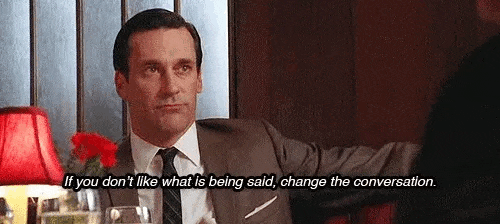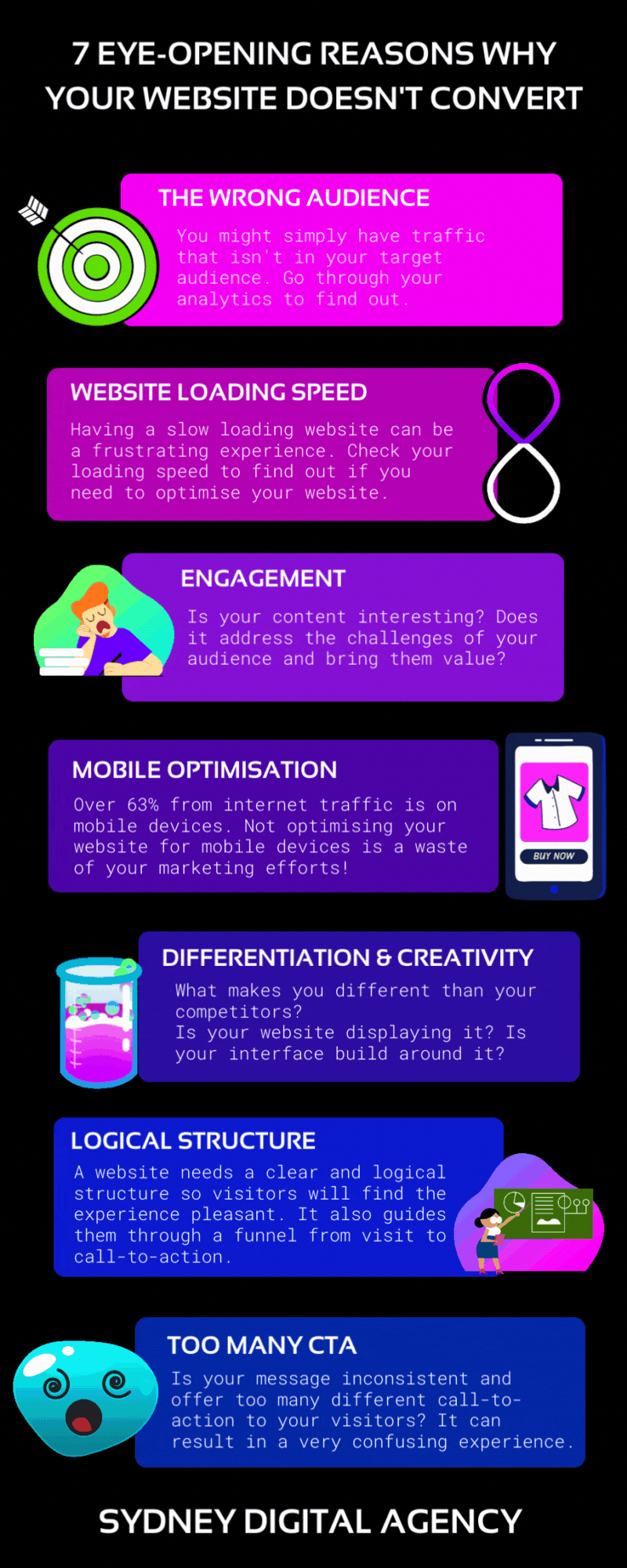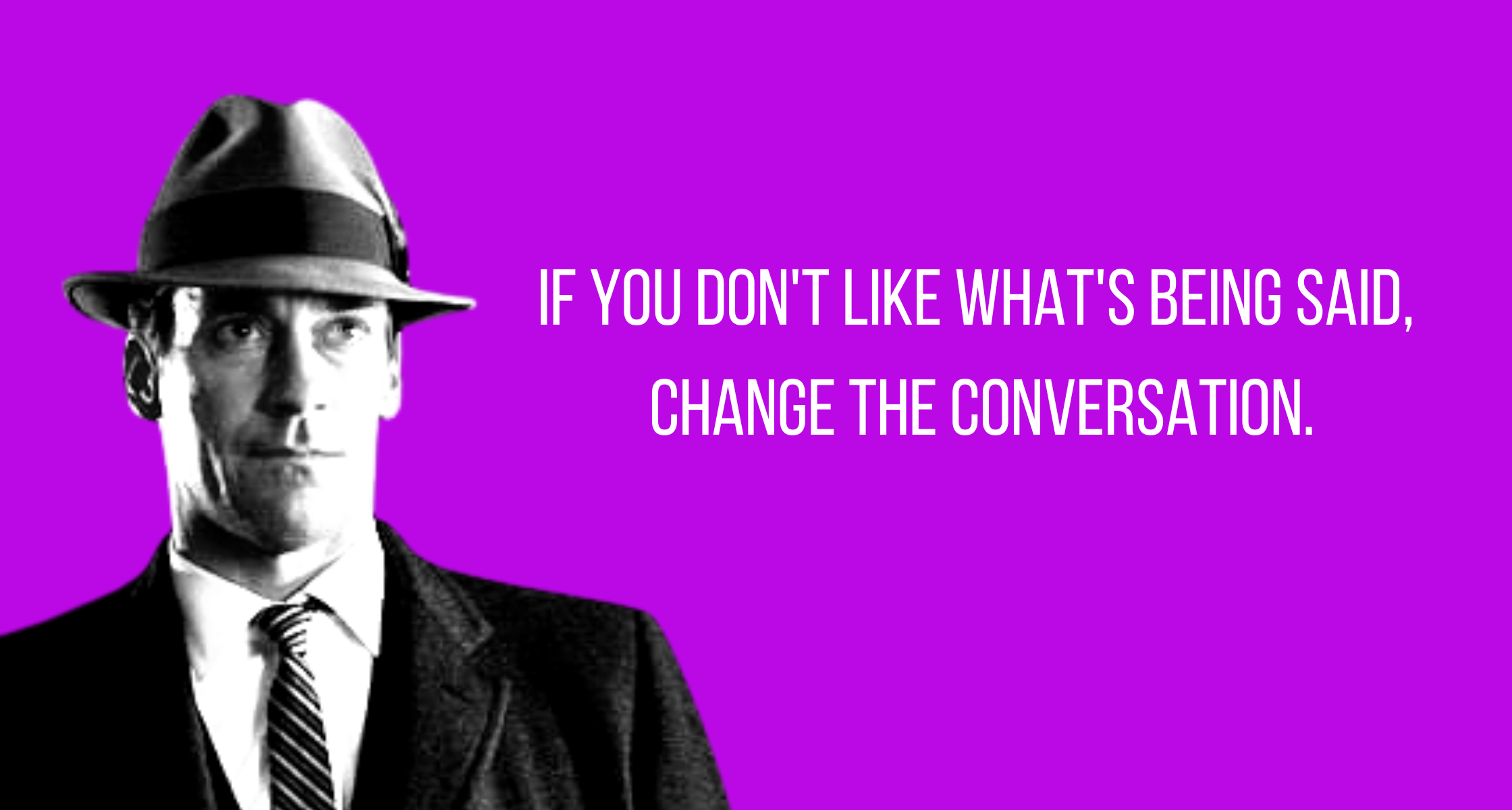Most clients come to us because their marketing doesn’t perform as well as it should, yet they are often reluctant to make changes to their website as they like it as it is. Customer satisfaction is important for us, and taking into consideration the client’s taste is part of the job. But guess what? The tastes of clients and the designer should be irrelevant when designing a website. The focus needs to be on the target audience. Which brings us to the topic of this article: the reasons why your website doesn’t convert. Let’s explore the possible barriers that you are encountering with a high-converting website.
If you are asking yourself these questions, you are in the right place:
“Why do I have so much traffic but nobody contacts me?”
“Why didn’t someone interested in my services call me back after searching for my business online?”
“Why is my paid advertising campaign bringing useless traffic?”
1. Wrong Target Audience
All your marketing efforts won’t yield results if they reach the wrong audience. There is no meaning in aiming in the dark. You will waste your arrow, resulting in zero conversions. And you will be shocked to know that 80% of content marketing efforts is targeted at the wrong audience. This alone could be the reason why your website doesn’t convert.
That’s why any marketing process starts with audience research. It is the most critical process because it encircles your marketing efforts. Whether it is social media marketing, Google Ads, or SEO, defining the right target audience is essential.
Looking to find out if you’re reaching the right audience? Google Analytics can answer it.
2. Website Loading Speed
Nearly 70% of consumers admit that page speed impacts their willingness to buy from an online retailer.
It is nearly 2023. And people want to make a purchase more easily than ever. Slow loading speed is one of the critical factors that influence decision-making. Furthermore, most cart abandonments are either due to poor user experience or a lack of security. And it is crucial for mobile devices.
Want to measure your website’s loading speed? Google has developed a PageSpeed Insights tool to help you out. You can also check what is hindering your website’s speed.
3. Engagement
Content engagement is a common cause of a poor website experience. The goal of your content is to engage the visitor, address their pain points, and motivate them to contact you!
Is your content interesting?
Does it address the challenges of your audience and bring them value?
If not, you should review your content strategy, as a lack of engagement is often why your website doesn’t convert.
Your content should be the perfect blend of text, images, and rich media like videos or animations. Furthermore, it should also resolve users’ problems in an interesting way.
It needs to display what you want the visitors to think about your business: your desired brand image.
As Don Draper, the notorious Ad Men character of Mad Men, said:

4. Mobile Optimisation
Everyone has a smartphone. In fact, 63% of internet traffic is on mobile devices. Optimising your website for mobile devices is an essential step for successful marketing campaigns. Don’t want to spend time on mobile optimisation? Get an optimised mobile website for your business from us!
Mobile friendliness impacts the user experience. Hence, poor UX leads to lower engagement and conversion rates. Poor UX on mobile devices also impacts brand reputation.
At Sydney Digital Agency, we also develop mobile-first designs if your primary audience is on mobile devices.
5. Differentiation & Creativity
If your website is not different from those of your competitors, it will be forgotten. To be memorable, your website must STAND FROM THE DIGITAL CHAOS. A creative and unique online experience is a must, as a website is the front face of the brand’s online experience.
Furthermore, your website should be built around the brand’s core message and identity. A website’s interface should also resonate with the brand’s message and target audience.
While developing a website, focus on the target audience, technology, content, and the brand’s unique value proposition. It will help you get a better conversion rate.
6. Logical Website Structure
Website visitors want to solve their problems within no time. Website structure built according to your visitors improves website’s engagement and conversion rate. Good UI is not enough; it should be designed with logic. Additionally, we should A/B test it on a frequent basis.
Do you have an eCommerce store? This blog offers website architecture tips to improve conversion rates.
Logical structure includes UI/UX, content frame, web elements, web page hierarchy, navigation, and accessibility. Make sure you’ve optimised all.
7. Too Many CTAs
Confusion leads to nothing! That being said, your website should have a clear call to action. Your website structure guides users to take specific actions. Too many CTAs confuse users and lead to lower engagement and conversion rates. Having one or two CTAs is enough for most websites.
Make sure your CTA sounds interesting and effective. It should also capture the user’s attention. Experiment enough to get the best result from your CTA.
Use actionable anchor text for your CTA. Make sure you’re consistent with your brand’s identity. Before placing the CTA, ensure that your website has a good UX.

In Conclusion
Did you find out why your website doesn’t convert? Website conversion rates get affected due to the above reasons. Testing and improving these 7 factors are keys to having a successful landing page or website.
I hope that we have answered all of your queries. Need a high-converting website? Reach out to us via contact@sydneydigitalagency.com.au.
Related Posts

How to Make Your Landing Page High-Converting?
Looking to convert more clients through your digital marketing? Have you checked your website traffic yet? Which % of website visitors become your clients? If

SEO: A Profitable Strategy for Your Business?
SEO is on every business owner’s tongue at the moment. Is it just a trend or a long-term business development tool? This article will answer

Generate New Leads with a Website for Small Business [2022]
Small business leads are often generated through referrals and connections. Every small business owner finds it challenging to get new leads outside their connections. Without



